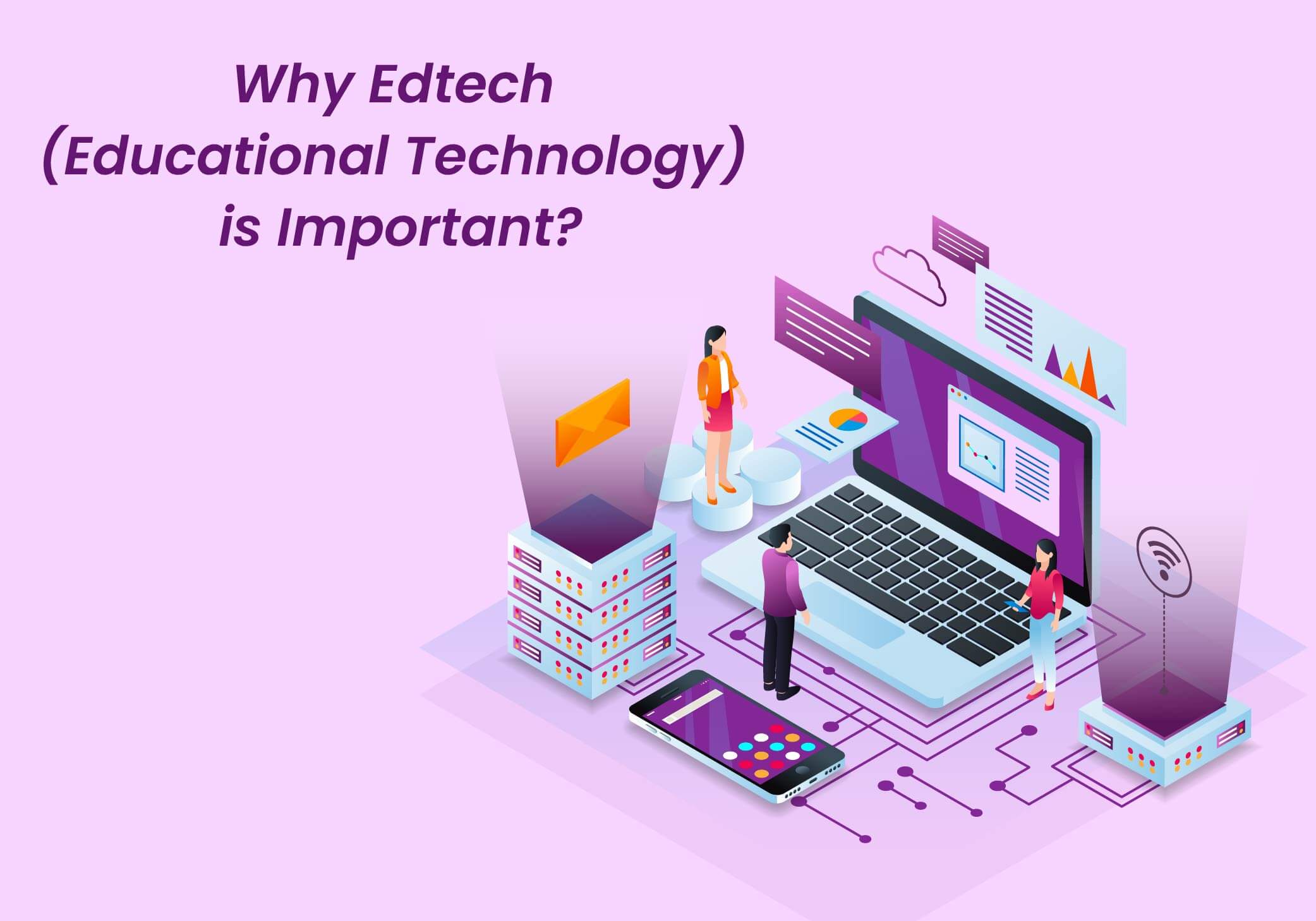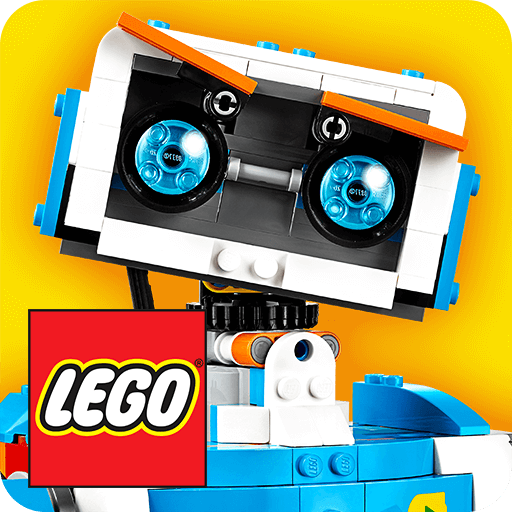GK Questions For Class 6
In this grade, students are expected to have basic general awareness. So this is the perfect time to introduce subjects like Civics, History, Geography, Science, etc.
Get More FREE GK Apps (Check it Now)
The General knowledge (gk) quiz questions for class 6 also include questions on political science, Indian freedom struggle, ancient history, etc.
The students can also refer to other GK questions also to improve their knowledge.
Here let’s see some of the important General Knowledge questions and answers for grade 6.
1) Who is the fastest man in the world?
Ans- Usain Bolt
2) In which year was the Battle of Plassey fought?
Ans- 1757
3) At which age Gautham Buddha got Nirvana?
Ans- 35
4) Who is known as the father of history?
Ans- Herodotus
Get More FREE GK Apps (Check it Now)
5) What was the ancient name of Patna?
Ans- Pataliputra
6) What is the square root of 144?
Ans- 12
7) Who gave the slogan “Do or Die”?
Ans- Mahatma Gandhi
8) Why are the leaves green in color?
Ans- Due to the presence of Chlorophyll
9) Name the acid that is secreted in the stomach?
Ans- Hydrochloric acid
10) Which is the highest civilian award of the Republic of India?
Ans- The Bharat Ratna Award
11) WWW stands for?
Ans- World Wide Web
12) World Environment Day is celebrated on _.
Ans- June 5
13) Plants that develop in dry conditions are
Ans- Xerophytes
14) Where is ‘Great Bear Lake’ found in the world?
Ans- Canada
Get More FREE GK Apps (Check it Now)
15) What is the full form of Wifi?
Ans- Wireless Fidelity
16) Who is the writer of ‘Panchathantra’?
Ans- Vishnu Sharma
17) Who is the 14th President of India?
Ans- Ram Nath Govind
18) Which is the biggest bone in the human body?
Ans-Femur
19) Who was the inventor of the light bulb?

Ans- Thomas Alwa Edison
20) Opium is obtained from the dry latex from which part of the Papaver somniferum Plant?
Ans: Poppy
21) Which Vitamin helps to heal the wound
Ans- Vitamin C
22) Which is the mineral found in teeth and limestones?
Ans- Calcium
23) Who was at the helm of the Philadelphia Phillies in the 2011 season?
Ans- Charlie Manuel
24) Which is the largest lake in Japan?
Ans- Biwa
Get More FREE GK Apps (Check it Now)
25) What is the weight of a cricket ball?
Ans- 5.75 ounces
26) Which is the only even prime number?
Ans- 2
27) Who invented the number zero?
Ans- Aryabhatta
28) How many degrees are there in a circle?
Ans- 360
29) What is the shape of dice?
Ans- Cube
30) How many decimal points are there in a number?
Ans- One
31) How many seconds are there in an hour?
Ans- 3600
32) A triangle with all side equal is called_?
Ans- Equilateral triangle
33) Which is the first odd composite number?
Ans- 33
34) What is a polygon with five sides called?
Ans- Pentagon
35) How many years is a decade?
Ans- Ten
36) A raindrop is of which geometric shape?
Ans- Sphere
37) What is the approximate value of pi?
Ans- 3.14
38) 90 minutes amount to ___ hours?
Ans- 1.5
39) What is the value of Golden Ratio?
Ans- 1.618
40) What is a triangle with all three sides of different lengths called?
Ans- Scalene triangle
41) Which polygon has opposite sides and angles equal?
Ans- Parallelogram
42) Which number is neither prime nor composite?
Ans- 1
43) A polygon with all four sides and angles equal is called___?
Ans- Square
44) How many seconds are there in a day?
Ans- 86400
45) How many sides does the base of a pyramid have?
Ans- 4
46) Fourth Buddhist council held during the reign of which emperor?
Ans- Kanishka
47) In which year did Mahatma Gandhi start Dandi March?
Ans- 1930
48) Who is the founder of Chola Dynasty?
Ans- Vijayalaya
49) Which was the first animal to go to space?
Ans- Dog
50) Zawar mines are located in which Indian state?
Ans- Rajasthan
51) Which country is the first in Asia to launch a plastics pact?
Ans- India
52) What is the capital of Finland?
Ans- Helsinki
53) Ozone layer is in which layer of the atmosphere?
Ans- Stratosphere
54) What is the capital of Morocco?
Ans- Mozambique
55) Which is the longest river in the world?
Ans- Nile
56) Mount Aconcagua is located in which mountain ranges?
Ans- Andes
57) Which Indian state was the first to introduce the “Oak Tussar Industry”?
Ans- Manipur
58) National Research Centre on Yak (NRCY) is located in which Indian state?
Ans- Arunachal Pradesh
59) Which is the largest river on Earth?
Ans- Amazon river
60) Which is the most spoken language in the world?
Ans- Mandarin Chinese
61) Which is the highest mountain peak of India?
Ans- Kanchenjunga
62) Who was the first president of the USA?
Ans- George Washington
63) How many fundamental rights are mentioned in the Indian Constitution?
Ans- 6
Get More FREE GK Apps (Check it Now)
64) Who is popularly known as the Napolean of India?
Ans- Samudragupta
65) Who was known as Punjab Kesari?
Ans- Lala Lajpat Rai
66) When is World Health Day observed?
Ans- April 7
67) What was the theme of World Health Day 2022?
Ans- Our Planet, Our Health
68) October
Ans- Our Planet, Our Health
69) Which planet is known as the Morning/Evening star?
Ans- Venus
70) Which continent invests the most in solar power?
Ans- Asia
71) Who won the 2022 International Women of Courage Award?
Ans- Rizwana Hassan
72) What is the theme for World Wildlife Day 2022?
Ans- Recovering key species for ecosystem restoration
73) What is the name of ISRO’s new humanoid robot that will go to space next?
Ans- Vyommitra
74) Which country is known as the Pearl of the Orient Seas?
Ans- Philippines
75) Who is known as the father of Indian nuclear program?
Ans- Homi J Bhabha
76) Who invented radio?
Ans- Guglielmo Marconi
77) Which is the longest river in Europe?
Ans- Volga River
78) Which was the first metal used by Harappan civilization?
Ans- Copper
79) Thomas Cup is related to which sport?
Ans- Badminton
80) How many players are there in an ice hockey team?
Ans- Six
81) Ryder Cup is related to which sport?
Ans- Golf
82) Which country invented paper?
Ans- China
83) Who has been reappointed as the President of the World Health Organization (WHO)?
Ans- Tedros Ghebreyesus
84) Which day is observed as International Literacy Day?
Ans- September 8
85) Who was known as the Missile Man of India?
Ans- Dr. APJ Abdul Kalam
86) Name the marine animal known as “sea cow”?
Ans- Manatees
87) Which is the protein found in nails?
Ans- Keratin
88) Which instrument is used to measure blood pressure?
Ans- Sphygmomanometer
89) Which mineral is found in teeth?
Ans- Calcium
90) Which acid is secreted in the stomach?
Ans- Hydrochloric acid
91) Who is known as the “father of vaccination”?
Ans- Edward Jenner
92) Which is the slowest moving animal on Earth?
Ans- The three-toed sloth
93) Which only metal in liquid form at room temperature?
Ans- Mercury
94) Which is known as the Father of modern medicine?
Ans- Hippocrates
95) Which scientist developed the Theory of Relativity?
Ans- Albert Einstein
96) The air we breathe is majorly composed of which gas?
Ans- Nitrogen
97) What is the chemical name of Vitamin C?
Ans- Ascorbic acid
98) Plaster of Paris is made of ____?
Ans- Gypsum
99) Hematite is the ore of which metal?
Ans- Iron
100) Who discovered Penicillin?
Ans- Alexander Fleming
101) Which planet has the biggest known volcano in our solar system?
Ans- Mars
102) Who invented telephone?
Ans- Alexander Graham Bell
103) Kelvin scale is the unit of ____?
Ans- Temperature
104) Which part of the brain helps body balance?
Ans- Cerebellum
105) What is the full form of LED?
Ans- Light Emitting Diode


































